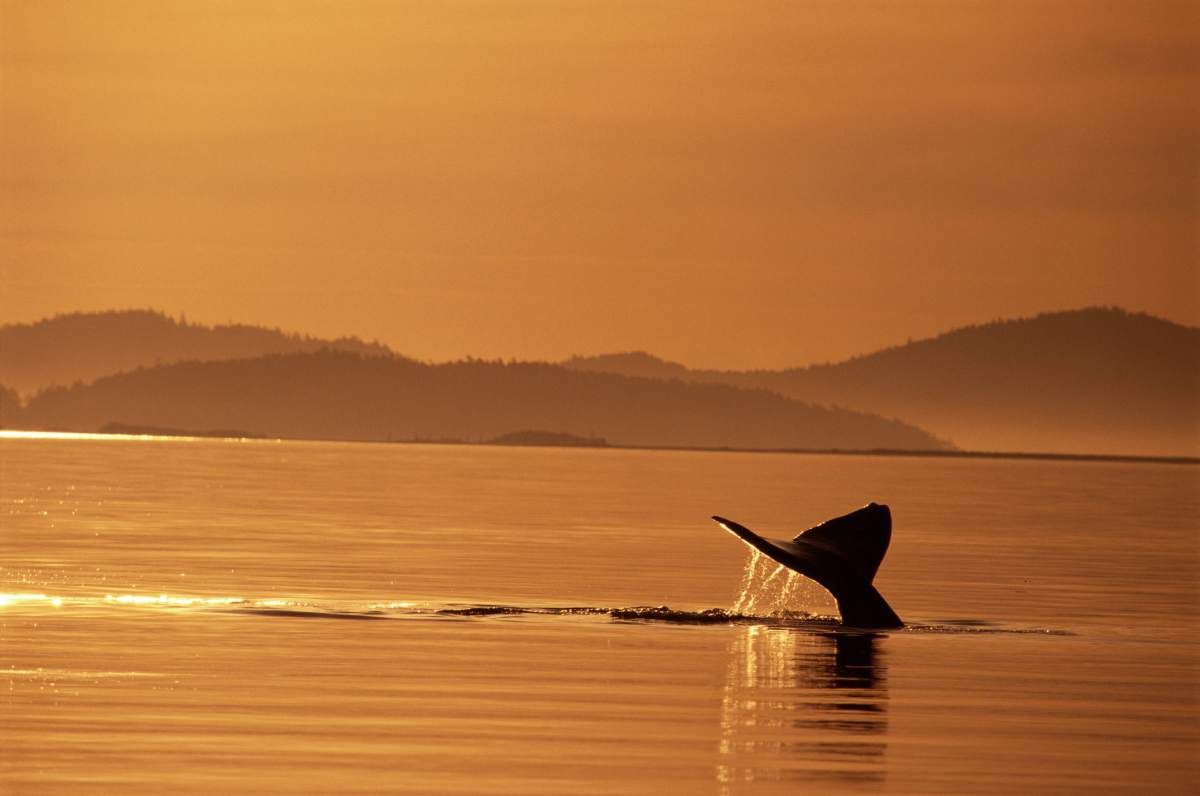Dozens of Whales With Empty Stomachs Wash Ashore the West Coast — and Experts Say It’s a Warning

Every year between September and October, California gray whales undertake a long-distance journey, the longest ever travelled by any water mammal. After spending summers in Arctic waters, they depart for a whopping 13,000-mile-long migration towards the South, where they feed, mate, and calve. In the balmy waters of Baja lagoons, they gulp down sands in their mouths and then they filter out amphipods or tiny invertebrates dwelling in mud and seafloor sediment to eat, as Oceanic Society explains. However, lately, the number of whales observed during these migration spectacles has been dwindling at a worrisome rate. There are frequent reports of gray whale strandings along the Pacific West Coast, according to NOAA Fisheries.

Alarming rate of whale strandings

In what NOAA called the "Unusual Mortality Event (UME)," more than 690 gray whale strandings were documented from December 2018 to November 2023, along the West Coast of North America. Even in 2025, the strandings haven’t stopped. Every few days, a scientist is bamboozled by a whale carcass lying enrobed in the shoreline sand somewhere. Some scientists from Cascadia Research recently investigated the Long Beach Peninsula and were stunned to find the carcass of an adult female who was likely migrating past the Washington coast. Six additional carcasses were reported in Washington State.
Whale carcasses in Washington State

Whale biologist, John Calambokidis, who has been studying whales for more than four decades with Cascadia Research, shared with KNKX, “Just in Washington. And usually our peak continues through the end of June. So we're, you know, I think we are going to be seeing more.” Not just the Washington coast, this winter, more than 80 whales were found dead in the southern Baja lagoons. The number of newborn calves was also found to be shrinking, which implied that whales were struggling to find their mates.
Possible causes behind whale strandings

Investigation of most of the recent whale carcasses revealed that they were suffering from malnutrition, something that a study published in the PLOS journal also mentioned. In this study, scientists examined 61 whale carcasses they had stumbled upon on the shores and found that 16 were severely emaciated by predator attack, 11 had died from blunt force trauma followed by a ship collision, one died from entrapment, and two were entangled in plastic fishing gear. But the cause behind a major portion of whales dying was starvation.
Starved whales

“Stranded whales this year have primarily been adults with evidence of malnutrition: loss of oil in the blubber layer, lack of internal fat stores, and no food in the stomach or intestines,” describes Cascadia Research. “We're seeing unhealthy animals. We're seeing higher numbers of strandings. We're seeing conditions that suggest a continuation rather than a rebound from that mortality event,” said NOAA Fisheries spokesman Michael Milstein.
Climate change is to blame
The principal cause behind these starving whales is a culprit called climate change. With an alarming thinning of the ozone layer, copious amounts of solar radiation are blaring up and tearing through the atmosphere to assault the Arctic ice shelf, per Polar Journal. While the intense, scorching monster of heat licks and steals away blankets of ice from the polar ice cap, the sea ice algae, little fishes, and other crustaceans lurking beneath it are disappearing.

And since these whales are dependent on these tiny critters for nutrition, the vanishing food is leaving them famished and on the edge of death. So all the lines of thinking converge at one point: climate change. Unless something is done to cool down the planet, these whale carcasses will keep on washing up on the shores; their haggard, hungering ghosts hovering above the oceans, whispering caution.
More on Green Matters
Scientists in Disbelief After Spotting a Rare Whale Carcass at the Bottom of the Antarctic Ocean
Researchers Spot Killer Whale Carrying Dead Calf Around for 17 Days- the Reason Left Them Shattered